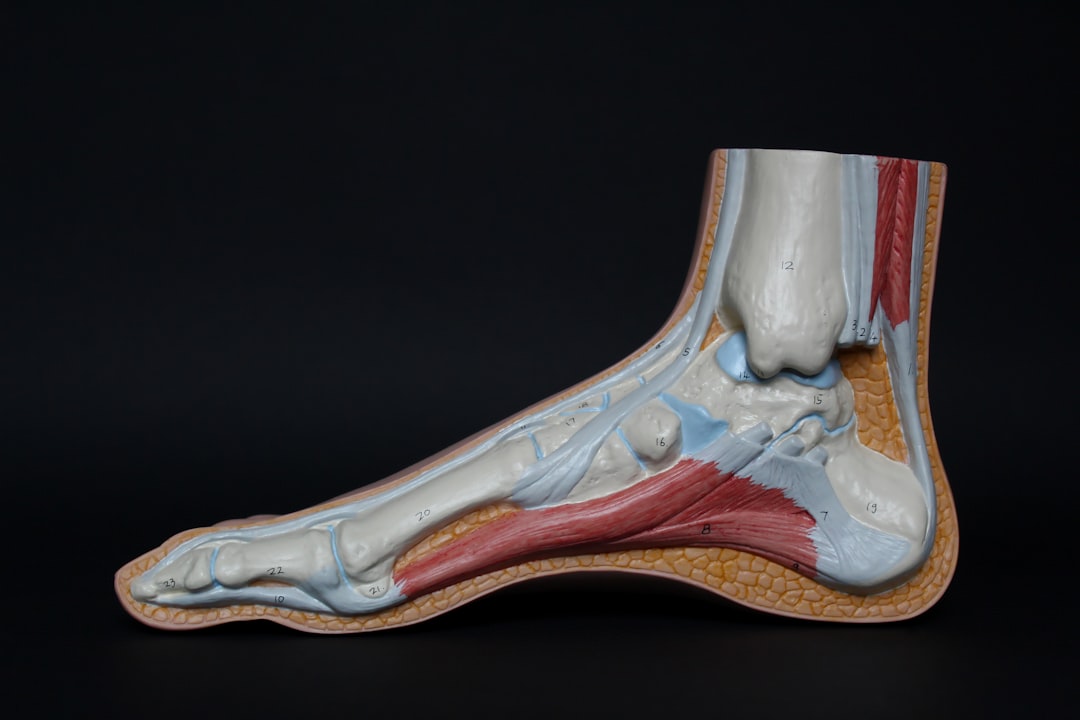What is it about?
The aim of this paper is to provide a short but comprehensive overview of the historical evolution of the concepts of the “artificial urban island” and “marine city” devised and developed in the context of Japanese architecture and urban planning during the second-half of the twentieth century.
Featured Image
Why is it important?
This paper analyzes and highlights the connection between the urban forms and planning paradigms of the artificial islands in Japan and briefly investigates the needs and ambitions behind these urban marine prototypes.
Perspectives
From the futuristic urban morphologies of Metabolism and Kenzo Tange’s plans, which developed as polemic rejection of late modernist architectural principles, to the engineering approach of official government planning schemes, based on the provision of massive-scale public infrastructures, this study is a chronological survey of the main marine city projects conceived in Japan during the last 4 decades.
Dr. Raffaele Pernice
University of New South Wales
Read the Original
This page is a summary of: JAPANESE URBAN ARTIFICIAL ISLANDS: AN OVERVIEW OF PROJECTS AND SCHEMES FOR MARINE CITIES DURING 1960S-1990S, Journal of Architecture and Planning (Transactions of AIJ), January 2009, Architectural Institute of Japan,
DOI: 10.3130/aija.74.1847.
You can read the full text:
Resources
Contributors
The following have contributed to this page










